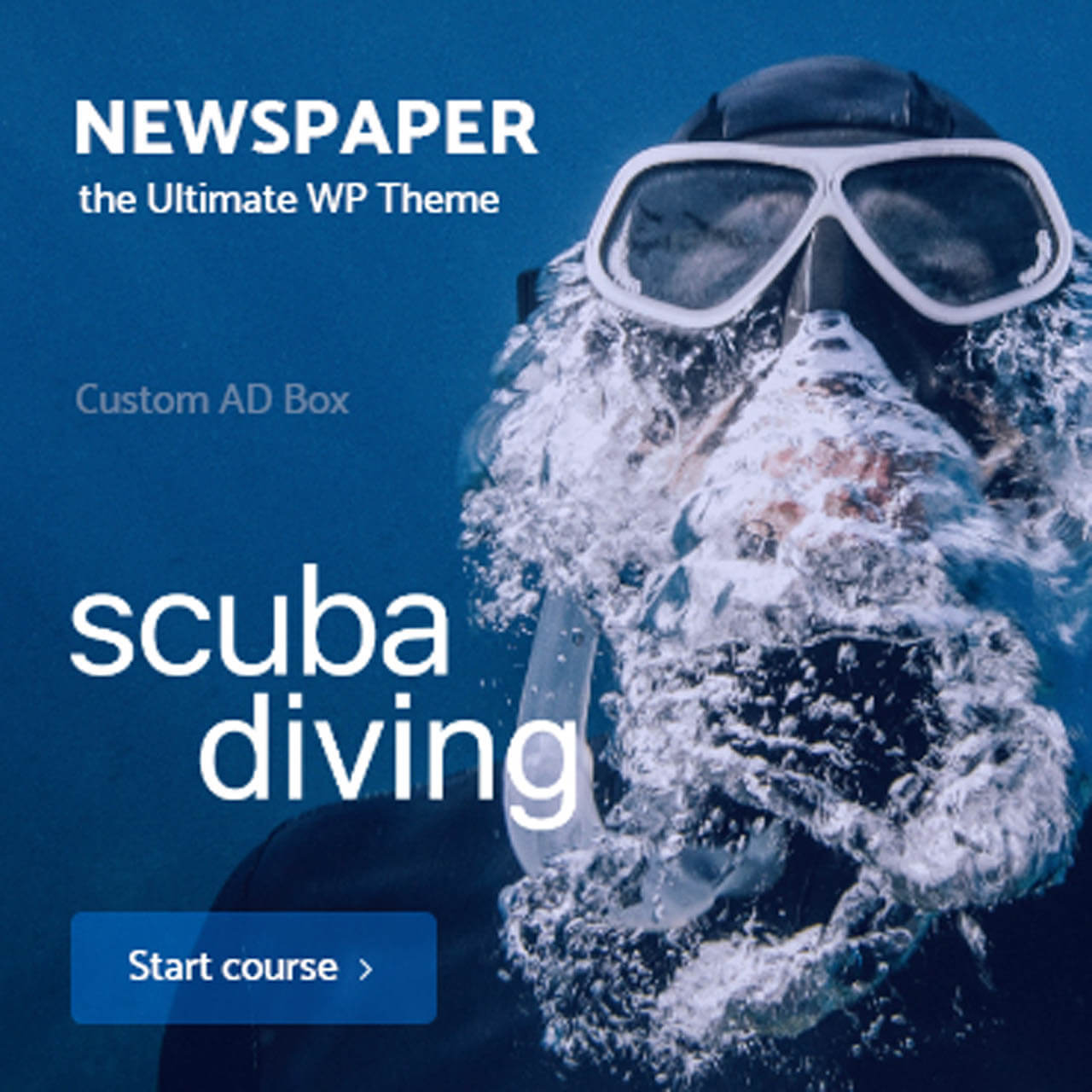The great white shark is a source of terror for many, but it’s also a source of intense fascination, too – so much so that many people would love to dive with them.
But its fearsome reputation is one that is partially earned, and though the notorious sharks seldom attack people, the fact is that they are apex predators, and shark cage diving without protection of any kind is incredibly ill-advised.
That means that unless you’re Ocean Ramsay, you’d be well advised to clamber into a cage before descending into any waters containing great white sharks.
It’s the best – and the safest – way to see these magnificent creatures up close. But where should you go to see them on a shark diving trip?
Over the course of this article, we plan to outline the best places in the world to take a cage dive in order to see great white sharks.
Pack your swimsuits and book a flight because some of these places are very far-flung indeed!
Isla Guadalupe, Mexico
Isla Guadalupe is undoubtedly one of the best places in the world to go cage diving with great whites.
You can set out from either San Diego in the USA or Ensenada in Mexico to reach Guadalupe but do remember that the island falls under Mexican jurisdiction, so make sure your visas are in order.
It’s a 5-6 day round trip via boat, with around three of those days dedicated to diving with the sharks.
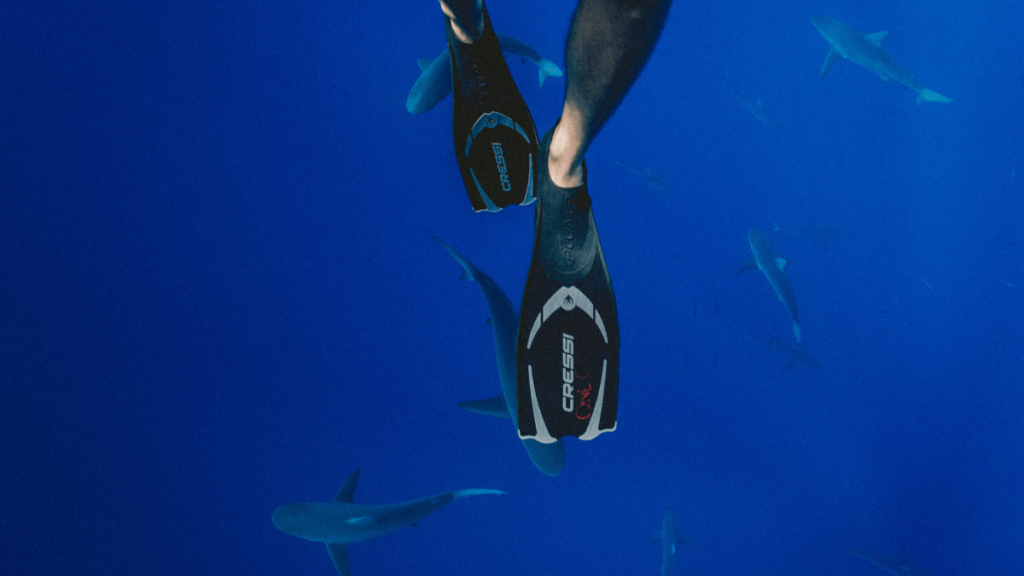
The best time to see the sharks is from July to November, with October being the best time to see the biggest female sharks.
Earlier arrivals may not see the females, but they will see plenty of smaller, energetic young male sharks.
Guadalupe is the only site where you can make use of a Self-Propelled Ocean Cage (SPOC). This marvelous bit of tech is essentially a discrete user-controlled cage that can move with the sharks while keeping you safe – creating the best possible opportunities for great white photo ops.
Farallon Islands, USA
A surprising place to view great whites, the Farallon Islands are extremely close to San Francisco and are home to five different types of seals and sea lions.
This makes them a tempting stop-off point for great white sharks who are heading west into the open ocean, and from July to August, they can be seen in the waters around the island.
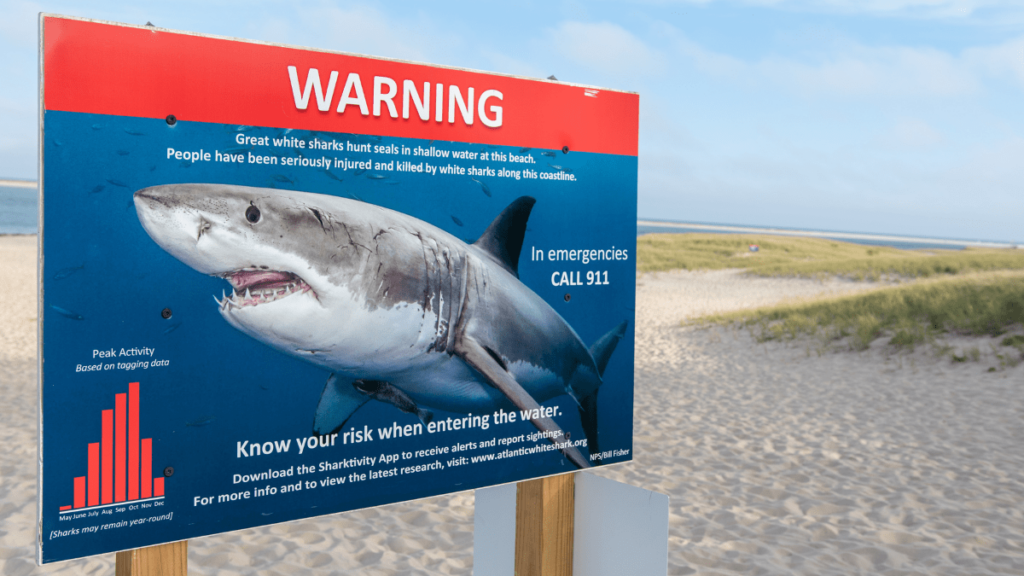
The window of opportunity at Farallon Islands is smaller than at some other shark cage diving locations – you’ll only be able to dive with the sharks from late September to late November – but it makes up for this by being one of the most ethical places you can dive, with a decoy mammal used in place of chum and the sharks themselves left as undisturbed as possible.
Neptune Islands, Australia
The Neptune Islands can be found off Australia’s south coast, relatively close to Adelaide and about three hours by boat from the nearest port of Port Lincoln.
It’s the only place in Australia where it’s actually legal to dive with great whites, and so it’s in very high demand despite its relative inaccessibility.
When diving here, tourists are likely to come face to face with one of the many great whites that frequent the waters.
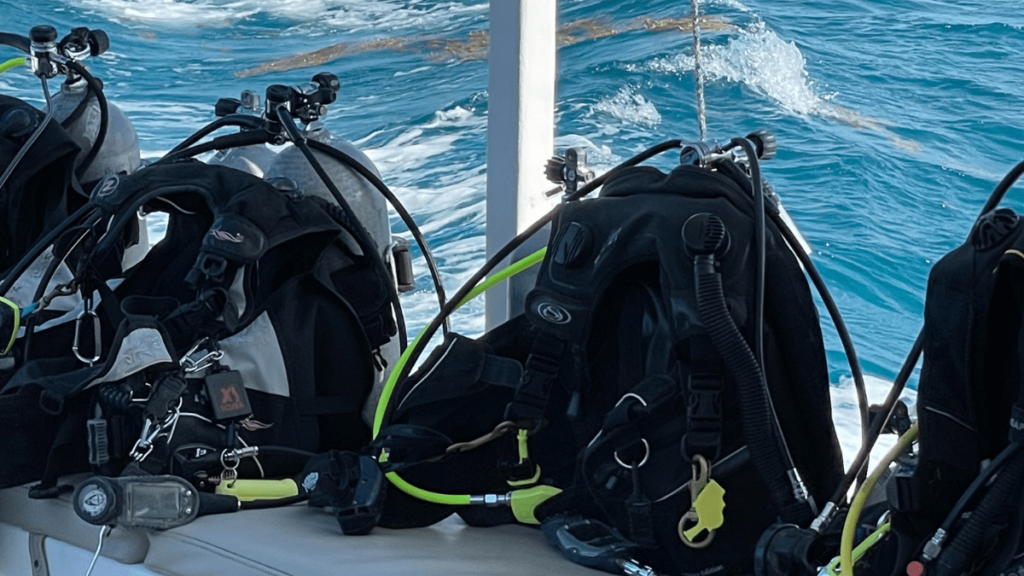
The sharks are fairly active as they come here to hunt seals, and so it’s a great place to get some action shots of the great whites.
It’s also possible to do ocean-floor cage diving, which is exactly what it sounds like – your cage is lowered all the way to the floor of the ocean in order to get a rare chance to see how the sharks behave at the bottom.
At that depth, the sharks are more likely to focus on their own thing rather than interact with the cage, and it’s a great chance to see them completely at ease.
Dyer Island, Western Cape, South Africa
Dubbed by many as the “great white shark capital of the world”, Dyer Island is home to what might well be the largest population of great whites to be found anywhere in the world.
A huge reason for this is the absolutely massive seal colony that calls the island home. Where seals can be found, so too can great whites – and they are found in massive numbers in the waters off Dyer Island.
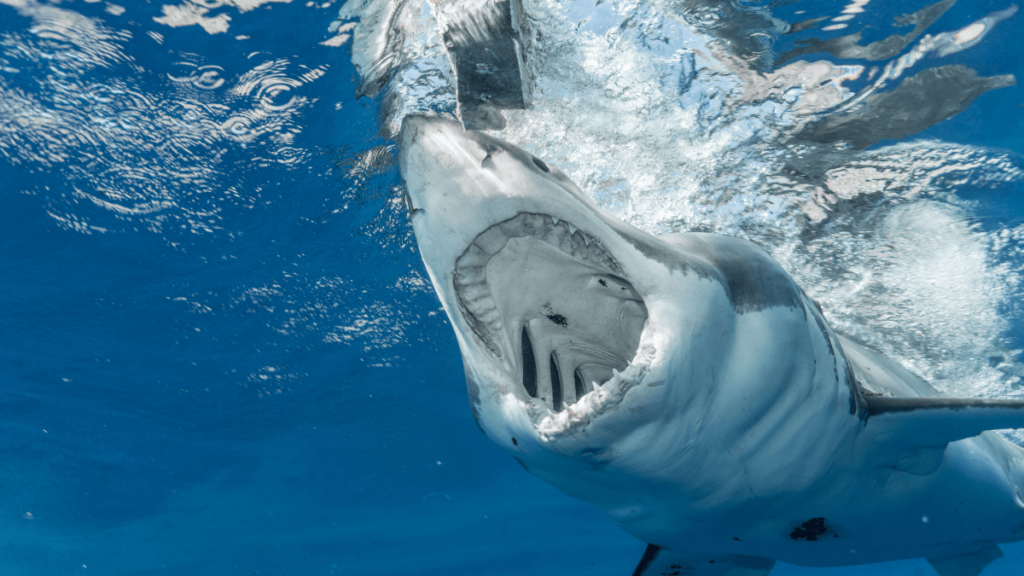
Unfortunately, a number of lethal encounters with orcas have caused great whites to retreat from the area somewhat, with many of them seeking out deeper waters rather than risking having their livers eaten by the stronger, larger cetaceans.
This means that many cage divers are left disappointed by their trips, with the only sightings being bronze whaler sharks.
It’s still possible to see great whites there – and many tour operators will do everything they can to make sure it happens – but do be aware that you might not always see one.
False Bay/Seal Island, Cape Town, South Africa
If a trip to Dyer Island leaves you cold when it comes to great white sightings, you’d do well to consider False Bay/Seal Island – a place that’s easily reachable from Cape Town.
Visibility isn’t as good as you’d get in Australia or Mexico, but it’s your best chance to see a great white perform a jaw-dropping breach in pursuit of a seal.
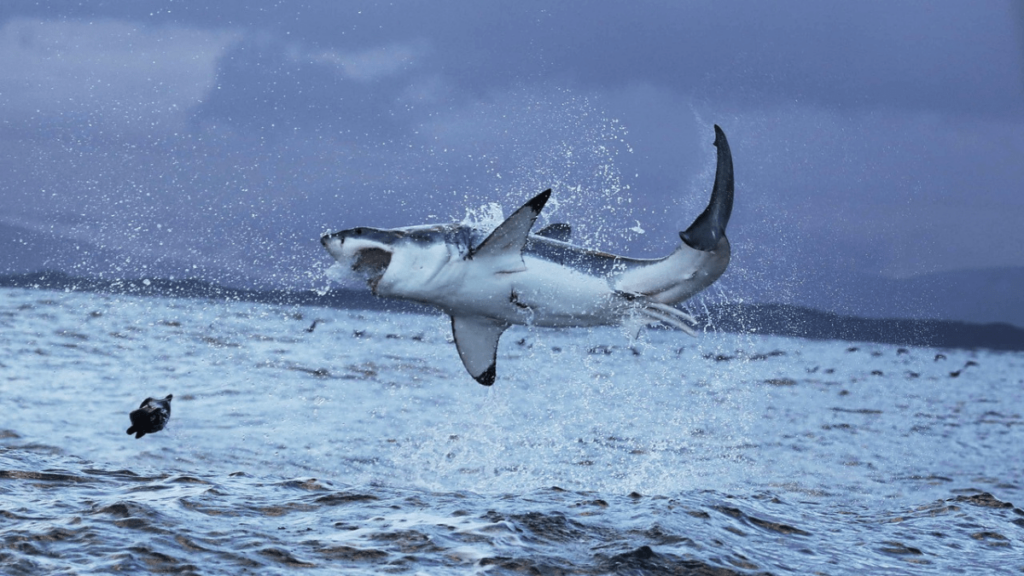
While under the water, tour operators will drag fake seals behind the boat in a bid to lure the great whites out, and the fact that they’re not hunted by orcas here in the same way as they are at Dyer Island means you’re probably more likely to see one here.
Australia, the USA, and South Africa are Great Choices for Shark Cage Diving
As we’ve seen, there are plenty of places to visit if you want to go shark cage diving with great white sharks – but those places are not all created equal.
The very best option may well be Guadalupe Island, where crystal-clear visibility and self-contained mobile cages make for the absolute best options for viewing and photographing great whites.
That said, Australia, the USA, and South Africa all make for fantastic shark cage diving options, with the latter making up for reduced visibility and occasional disappointment with several dive sites to explore.
It’s simply a matter of choosing the best option for you!
